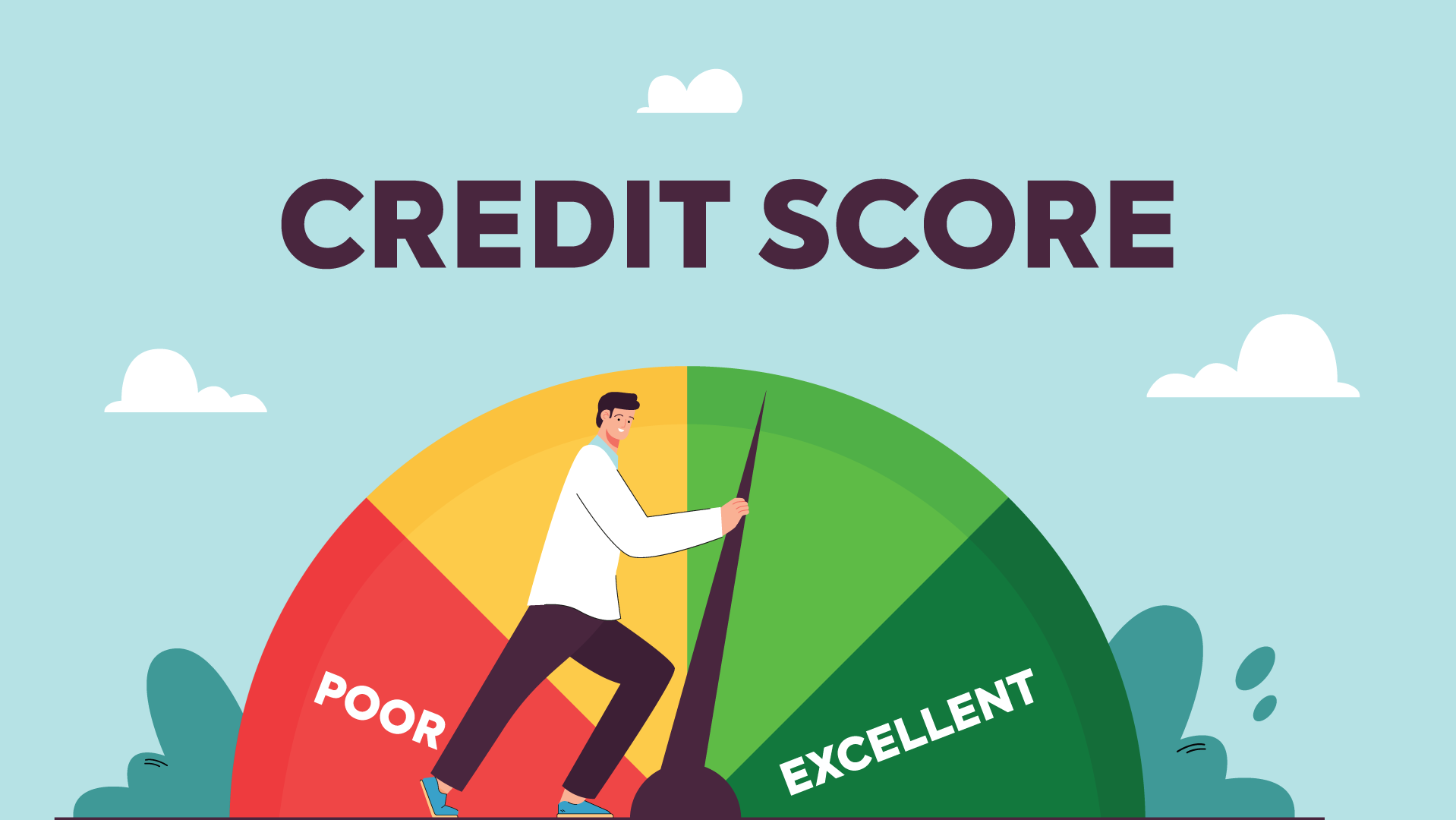Your credit score plays a key role in your financial health. A higher credit score can help you qualify for better interest rates on loans and credit cards, save money on insurance premiums, and even land your dream job or apartment. Here’s a step-by-step actionable plan to help you improve your credit score effectively.
Step 1: Check Your Credit Report
Start by obtaining your credit report from major credit bureaus—Equifax, Experian, and TransUnion. You can access a free report from each bureau once a year at AnnualCreditReport.com.
- Review your report for errors such as incorrect accounts, balances, or missed payments.
- Dispute inaccuracies with the credit bureau to have them removed or corrected.
Step 2: Pay Your Bills on Time
Payment history accounts for 35% of your credit score. Late or missed payments can significantly damage your creditworthiness.
- Set up reminders or automatic payments for recurring bills.
- Contact creditors if you’re unable to pay—some may offer hardship programs.
Step 3: Reduce Credit Card Balances
Your credit utilization ratio is the second most important factor in your credit score. Aim for a utilization rate below 30%.
- Pay down high balances, starting with cards that are closest to the limit.
- Consider making multiple payments each month to keep balances low.
Step 4: Don’t Close Unused Credit Cards
Length of credit history and available credit affect your score. Keep old accounts open even if you don’t use them regularly.
- Use old cards occasionally to keep them active.
- Monitor for annual fees or policy changes that might impact your decision to keep the account open.
Step 5: Limit New Credit Applications
Every time you apply for credit, a hard inquiry is added to your report, which can lower your score temporarily.
- Only apply for credit when absolutely necessary.
- Rate shop wisely — multiple applications for the same loan type within a short period are often treated as one inquiry.
Step 6: Diversify Your Credit Mix
Having a mix of credit types—credit cards, retail accounts, installment loans, and mortgages—can positively affect your score.
- Don’t open accounts just to diversify; only take on new credit if you need it and can manage it responsibly.
- Manage each account type wisely to demonstrate creditworthiness.
Step 7: Set Long-Term Credit Habits
Improving your credit score is a process that requires consistency and good habits over time.
- Monitor your credit regularly using free tools or credit-monitoring services.
- Stay informed about changes in credit scoring models and financial products.
Conclusion
Improving your credit score is achievable with discipline and a clear plan. By taking these steps—checking your credit report, paying on time, reducing debt, and keeping credit lines healthy—you will gradually build a stronger financial foundation and open doors to better credit opportunities.




